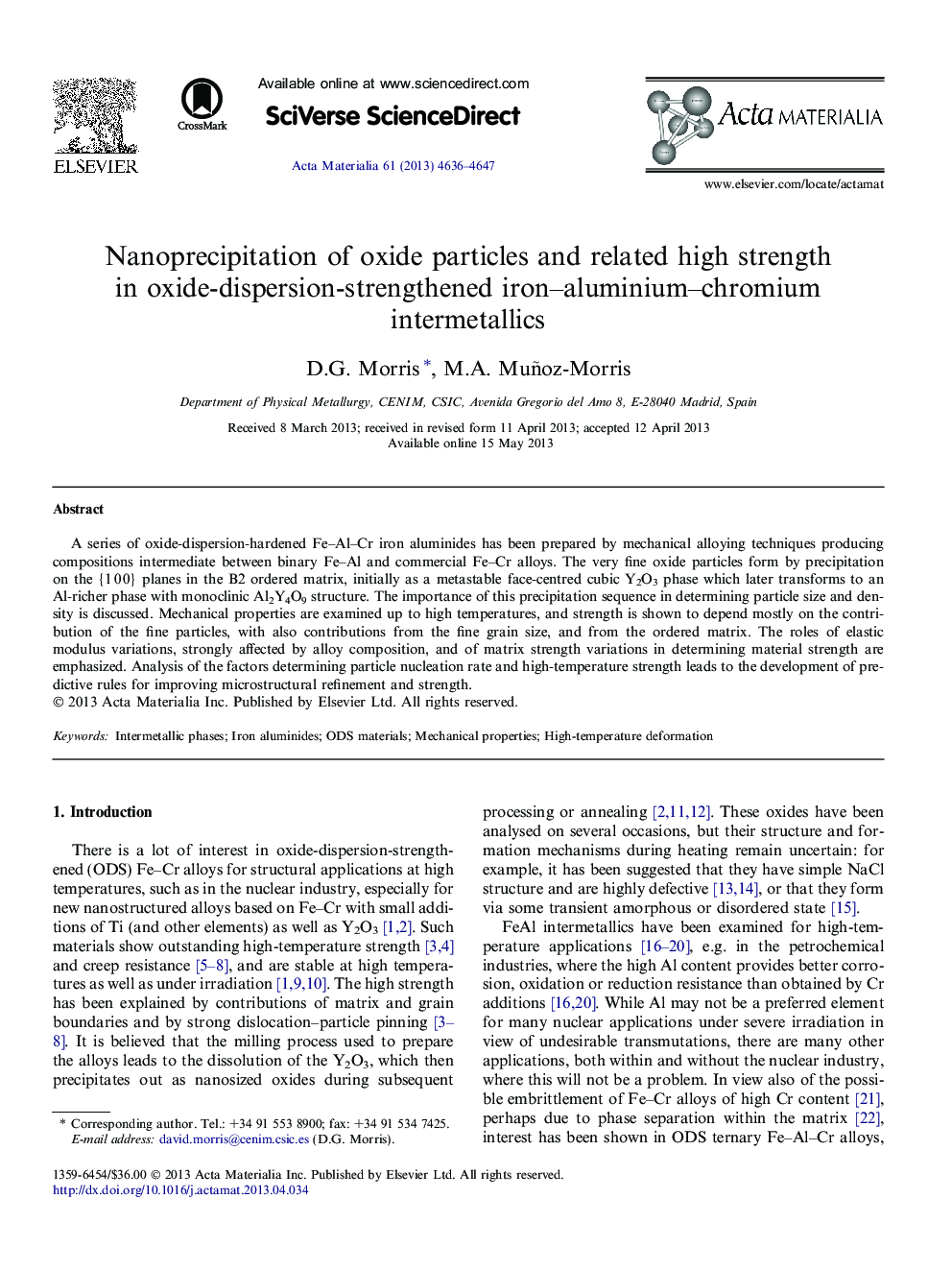| Article ID | Journal | Published Year | Pages | File Type |
|---|---|---|---|---|
| 1446058 | Acta Materialia | 2013 | 12 Pages |
A series of oxide-dispersion-hardened Fe–Al–Cr iron aluminides has been prepared by mechanical alloying techniques producing compositions intermediate between binary Fe–Al and commercial Fe–Cr alloys. The very fine oxide particles form by precipitation on the {1 0 0} planes in the B2 ordered matrix, initially as a metastable face-centred cubic Y2O3 phase which later transforms to an Al-richer phase with monoclinic Al2Y4O9 structure. The importance of this precipitation sequence in determining particle size and density is discussed. Mechanical properties are examined up to high temperatures, and strength is shown to depend mostly on the contribution of the fine particles, with also contributions from the fine grain size, and from the ordered matrix. The roles of elastic modulus variations, strongly affected by alloy composition, and of matrix strength variations in determining material strength are emphasized. Analysis of the factors determining particle nucleation rate and high-temperature strength leads to the development of predictive rules for improving microstructural refinement and strength.
